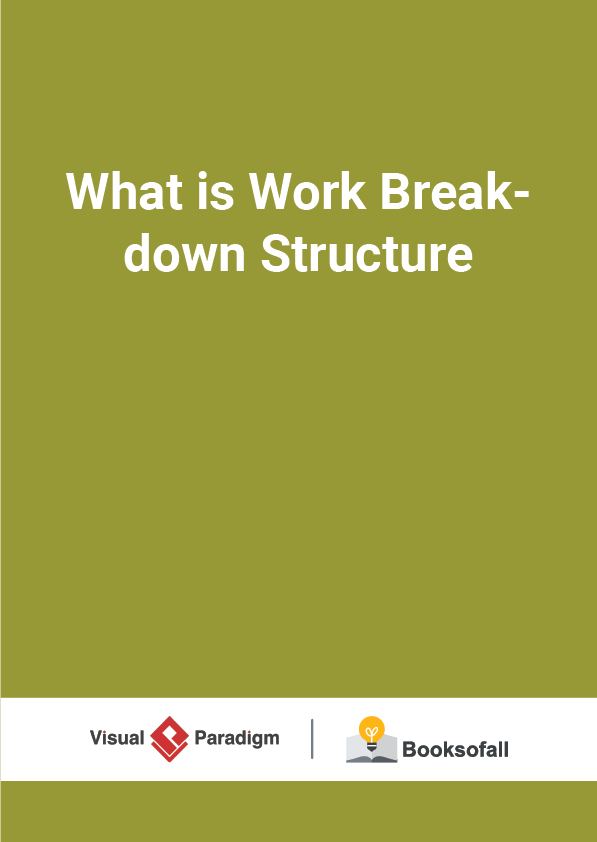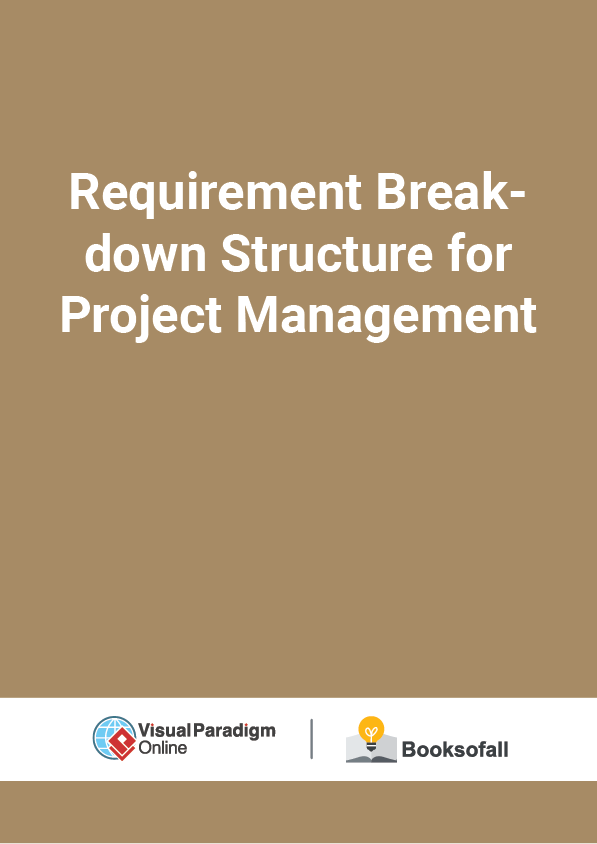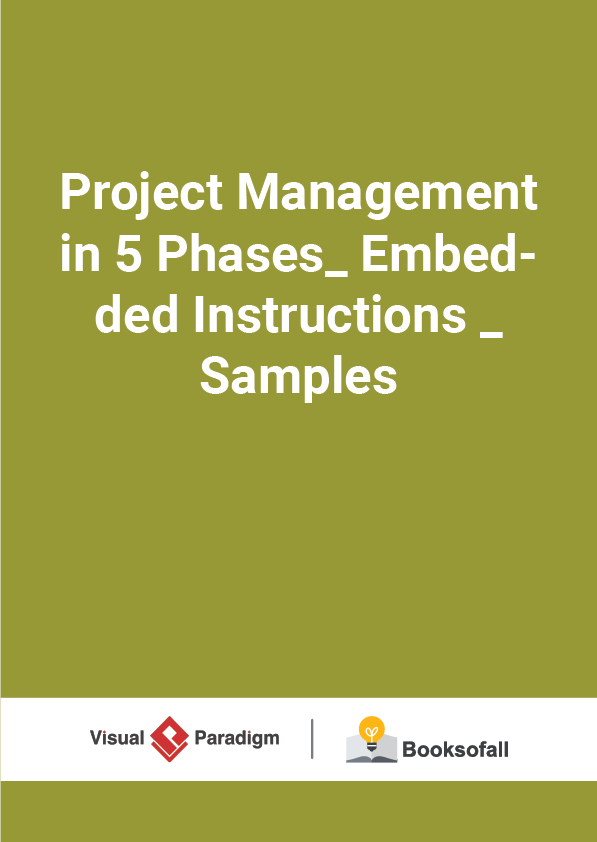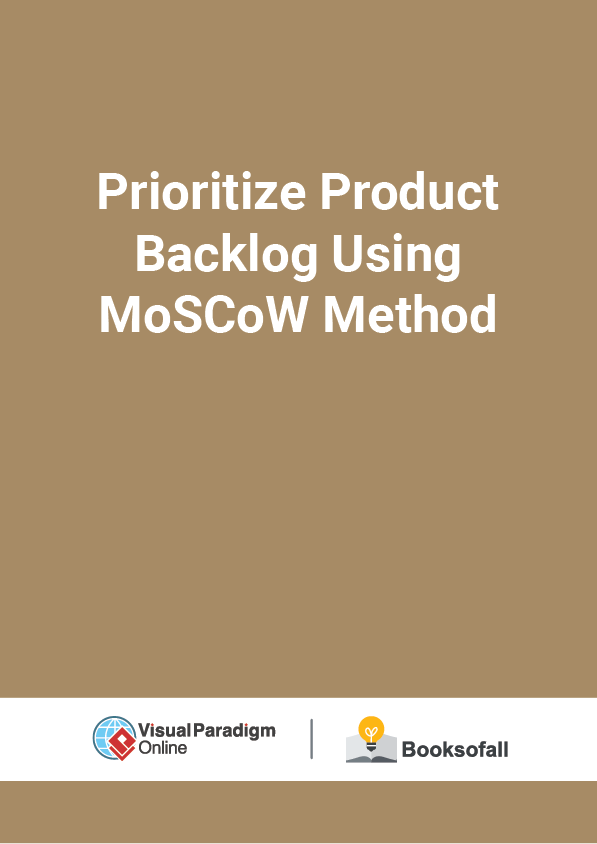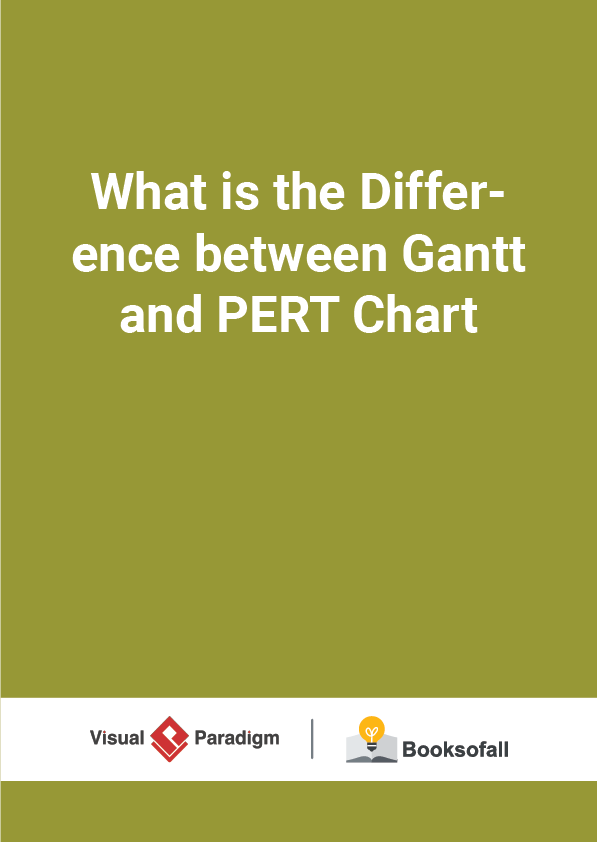What is Work Breakdown Structure?
6-8 minutes
A Work Breakdown Structure (WBS) is a deliverable-oriented hierarchical decomposition of the work to be executed by the project team to accomplish the project objectives and create the required deliverables. A WBS is the cornerstone of effective project planning, execution, controlling, monitoring, and reporting. All the work contained within the WBS is to be identified, estimated, scheduled, and budgeted.
Work Breakdown Structure Diagram
The Work Breakdown Structure (WBS) is developed to establish a common understanding of project scope. It is a hierarchical description of the work that must be done to complete the deliverables of a project. Each descending level in the WBS represents an increasingly detailed description of the project deliverables.
The first two levels of the WBS (the root node and Level 2) define a set of planned outcomes that collectively and exclusively represent 100% of the project scope. At each subsequent level, the children of a parent node collectively and exclusively represent100% of the scope of their parent node. Here is a Work Breakdown Structure example:
Quality of a Work Breakdown Structures
A well-designed WBS describes planned outcomes instead of planned actions. Outcomes are the desired ends of the project, such as a product, result, or service, and can be predicted accurately. Actions, on the other hand, may be difficult to predict accurately. A well-designed WBS makes it easy to assign elements of the WBS to any project activity. A good WBS should exhibit the following characteristics:
- Definable—can be described and easily understood by project participants.
- Manageable—a meaningful unit of work where specific responsibility and authority can be assigned to a responsible individual.
- Estimateable—duration can be estimated in time required to complete, and cost can be estimated in resources required to complete.
- Independent—minimum interface with or dependence on other ongoing elements(i.e., assignable to a single control account, and clearly distinguishable from other work packages).
- Integratable—integrates with other project work elements and with higher level cost estimates and schedules to include the entire project.
- Measurable—can be used to measure progress; has start and completion dates and measurable interim milestones.
- Adaptable—sufficiently flexible so the addition/elimination of work scope can be readily accommodated in the WBS framework.
Guidelines for Developing Work Breakdown Structure
The development of Work Breakdown Structure involves subdividing the major project activities or sub-activities into smaller, more manageable activities until the activities are defined in sufficient detail to support the management and development of project works. The items at the lowest level of a branch are known as work packages. Here are some tips in developing a Work Breakdown Structure that can express works effectively:
- Always express Work Breakdown Structure activities at the lowest levels of granularity in verb form.
- Review the Work Breakdown Structure. Make sure all deliverables have been fully covered by the works defined in the Work Breakdown Structure.
- Ensure that testing and training have been taken into account.
- Ensure that non-IT work packages are also included such as, documentation and review activities are included in the structure.
- Ensure that other supporting activities such as, product/service launch and implementation activities are planned.
- Ensure that delivery approval cycles are taken into account.
- Include project management deliverables on the project as well (e.g. production of Project Plan). Include any deliverables that must be met or delivered by the customer or any external parties. Check the Work Breakdown Structure against the project approach specified in Project Charter for any activities that needs to be included in the Work Breakdown Structure.
